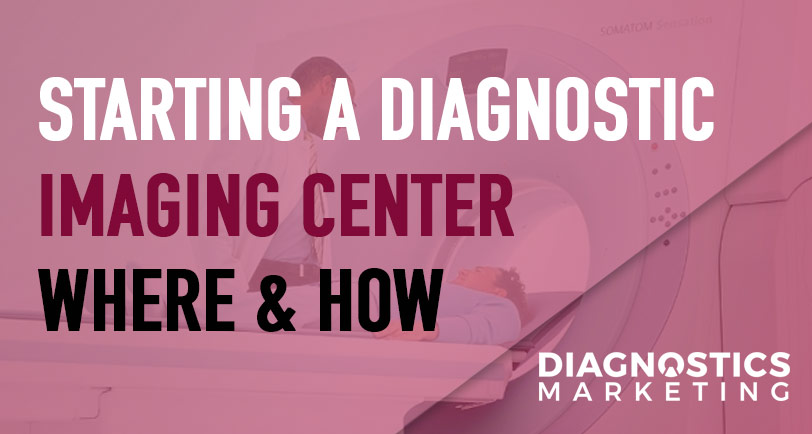
by diagnostics | Dec 5, 2017 | Blog, Business, Business Building, diagnostic marketing, Education, Email, Management, Marketing
Great strategy guides have been created for increasing patient referrals to new and growing diagnostic imaging centers, but much less is written about strategies for diagnostic patient retention. Focusing only on marketing your imaging center to gain new patients may...

by diagnostics | Nov 14, 2017 | Blog, Business, Business Building, diagnostic marketing, Marketing
There are two important questions to answer relating to starting an imaging center. The first is: Should you open a diagnostic imaging center? The answer to this one will vary depending on who’s asking it. The second is perhaps more important and needs to be...

by diagnostics | Nov 14, 2017 | Blog, Business, Business Building, diagnostic marketing, Marketing
Owning an Imaging Center used to be a direct path to riches. Not anymore. In the past, before the Stark Law, anyone could open an imaging center, provide an incentive to physicians in the area to refer all of their patient exams to the center, and you were assured of...




